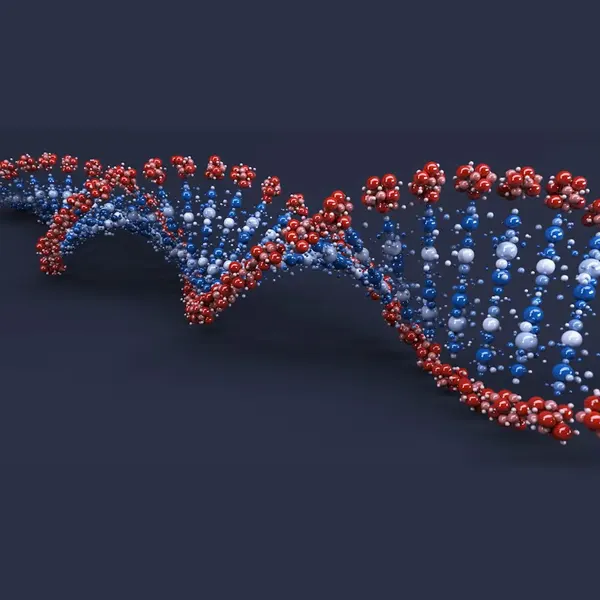Description
High blood levels of lead have been shown to relate to its toxicity, and its early detection in occupational workers is important to take necessary measures. The genes associated with lead toxicity were identified by in silico analysis of expression profile (GEO-GSE37567) based on lead exposure of peripheral blood mononuclear cells maintained in culture. The GEO2R tool was used to identify differentially expressed genes (DEGs) among three groups: control versus day-1 treatment, control versus day-2 treatment, and control versus day-1 treatment versus day-2 treatment, and their enrichment analysis was performed to categorize them for molecular function, biological process, cellular component, and KEGG pathways. The protein-protein interaction (PPI) network of DEGs was constructed using a STRING tool and hub genes were identified by using the CytoHubba plugin of Cytoscape. Top 250 DEGs were screened in the first and second groups and 211 DEGs were in the third group. Fifteen critical genes viz. MT1G, ASPH, MT1F, TMEM158, CDK5RAP2, BRCA2, MT1E, EDNRB, MT1H, KITLG, MT1X, MT2A, ARRDC4, MT1M, and MT1HL1 were selected for functional enrichment and pathway analysis. The DEGs were primarily enriched in metal ion binding, metal absorption, and cellular response to metal ions. The significantly enriched KEGG pathways included mineral absorption, melanogenesis, and cancer signaling pathways. PPI network analysis revealed that seven genes of the MT family exhibited good connectedness and served as a marker of lead induced toxicity. Our study suggests that MT1E, MT1H, MT1G, MT1X, MT1F, MT1M, and MT2A of the metallothioneins gene family may act as potential biomarkers to monitor lead exposure.



